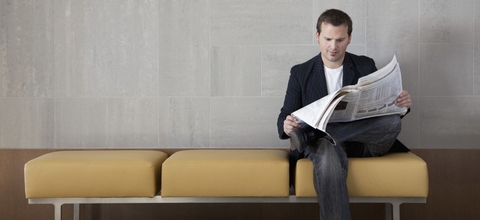Safety is our number one priority at CSX, and is equally important for our customers. Below is helpful information for safely handling paper, pulp and fiber shipments.
Load Your Product Safely
Talk to our Load Engineering and Design Services group about how to safely load and secure your product. They will work with you to ensure your cargo is loaded properly to ensure safety and maximize capacity.
Cypress Wood Loading Notice:
CSXT and the rail industry have experienced serious load failures involving cypress short wood loaded on slope-deck pulpwood rail cars. For this reason, CSXT will not accept for rail transportation cypress wood loaded on these types of cars. The Association of American Railroads Open Top Loading Rules Committee has not approved cypress loading according to figure 11-C of section 5 of the Open Top Loading Rules manual.
Cargo Security and Safety Tips
Remember these tips when working with and around rail equipment. This is not a complete list. Consult your company's safety policy.
- Loads may have shifted during transit. Be careful when opening boxcar doors or loosening straps on center-beam flatcars.
- Use AAR-approved loading plans when loading cargo. Call load engineering at 800-327-9715 to request assistance with a diagram for your product.
- Never step between cars because slack action can cause them to move unexpectedly.
- Ensure loads are properly blocked, braced and tied down.
- Clean empty cars of trash and dunnage before releasing them. It helps keep the cars turning to make more loads and it's a requirement in the UFC-6000.
- Don't overload cars beyond their capacity.
- Close doors on cars before releasing them.
- Use only approved dock plates
- Are your roll clamps calibrated for the size, weight and type of paper you are moving? Proper calibration prevents product damage.
- Did you check your lift truck to ensure it can safely move the weights you are planning to move?
- Are your lumber bundles properly wrapped? This will prevent excess moisture from penetrating your product and possibly cause an overloaded railcar.
- Open and close car doors using approved techniques. This will help prevent damage to the rail car door.
- Centerbeams require special care when shipping. Do not load/unload completely from one side as this could cause the car to tip. Be sure to stow the cables back in the retainers and tighten with the cable winches prior to releasing the empty car.
- Did you place a seal on the boxcar load? Good cargo security procedures help prevent shrinkage and damage.
- CSXT will not accept for rail transportation standard 8' 6" treated or untreated railroad ties loaded on 73' center-beam equipment.



